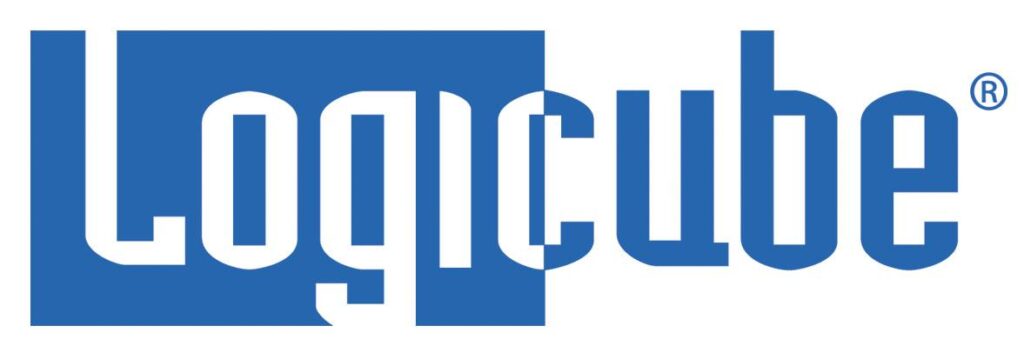I’m seeing a lot of pre-conference promotion of content from the big Internet of Things Expo out in Santa Clara in early November. One interesting presentation that is worth checking out (the slides are already online) is James Kobielus’s talk on how IT professionals should address the security challenges of IoT. Kobielus is IBM’s program director for Big Data analytics product marketing. In his presentation, he tackles the question of whether the Internet of Things is (to use his words) “too big, diverse, pervasive, and dynamic to secure comprehensively?” [Read our coverage of Internet of Things security here. ] After all, history will show that we’ve done – at best – a so-so job of securing the Internet of machines. How will adding a few zeros to the number of connected endpoints make things better? IoT will undermine even the tenuous walls we’ve built around our existing IT infrastructure: moving us to a […]
Software
Compromised Website Used In Attack On SoHo Routers
The folks over at the web security shop Sucuri have an interesting post today that warns of a web-based attack launched from the site of a popular Brazilian newspaper that is targeting home broadband routers. According to Sucuri, researchers investigating a breach at the web site politica . estadao . com . br uncovered evidence that the hackers were using iframe attacks to try to change the DNS configuration on the victim’s DSL router, first by trying a brute force attack on the router’s default credentials. According to Sucuri, the payload was trying to crack default accounts like admin, root, gvt and other common usernames and a variety of known-default router passwords. Small office and home office (or SoHo) broadband routers are an increasingly common target for cyber criminals because many (most?) are loosely managed and often deployed with default administrator credentials. [Read Security Ledger coverage of home router hacks here.] In March, the firm Team Cymru published a report describing a widespread compromise of […]
Building an Unhackable Autonomous Vehicle – CityLab
The folks over at The Atlantic have an intriguing take on the subject of “connected vehicles” and autonomous driving. Now this is a vision that we’ve been chasing for more than 50 years (consider all the technicolor “highway of tomorrow” films from the 50s and 60s). And we’re on the cusp of realizing it. Google’s self-driving car is racking up the miles and automated features like hands free cruise control and collision avoidance are making their way into production vehicles. As Alexis Madrigal at The Atlantic’s (cool) CityLab writes, however, there’s one major fly in the ointment when you consider the super efficient, algorithmically driven road of the future: humans. Specifically: Madrigal, in the course of writing an article on how to build an ‘unhackable’ car poses a scenario that I think is very likely: humans who subvert or otherwise game vehicle automation features to suit their own needs. Imagining the orderly procession […]
Apple’s Platform for Wellness Arrives | Life as a Healthcare CIO
John Halamka, the CIO of Beth Israel Deaconness Medical Center in Boston has an interesting post on his blog about Apple’s big unveiling yesterday and its implications for connected health applications. With the image of naked Jennifer Lawrence still fresh in our minds, Halamka points out that Apple is taking steps to make sure no such slip-ups happen in the context of protected health information – a promising new market for wearable technology. As Halamka sees it, we’re on the cusp of revolution that will see the consumerization of what he calls “healthcare middleware.” That refers to software and services, like Apple’s recently announced HealthKit, that aggregates data about your body from multiple sensors in your clothing, your body and environment. Unlike the nude selfies that recently made the rounds online, however, health data is protected by Federal legislation – HIPAA. For that reason, Apple keeps that data local to the mobile […]
IEEE Issues Standard For Sensors, Tiny Machines
A new standard published by the IEEE may accelerate the spread and use of the Internet of Things: providing a common reference to govern the performance of microelectromechanical systems, or MEMS. The standard, IEEE 2700-2014, was recently approved by the IEEE Standards Association (IEEE-SA) Standards Board. It will provide a common methodology for specifying the performance of tiny sensors that are becoming more and more common in consumer electronics and other industries. That should make it easier for vendors , including Original Equipment Manufacturers (OEMs) and Independent Software Vendors (ISVs) to begin integrating two or more sensors without having to worry about integration challenges. The standards apply to a wide range of small sensors that currently populate everything from mobile phones to wearable devices like Apple’s newly announced smart watch. These include accelerometers, magnetometers, gyrometers and gyroscopes, barometers and other pressure sensors, humidity sensors, temperature sensors, ambient light sensors and proximity sensors, IEEE said. “The industry has been struggling […]






